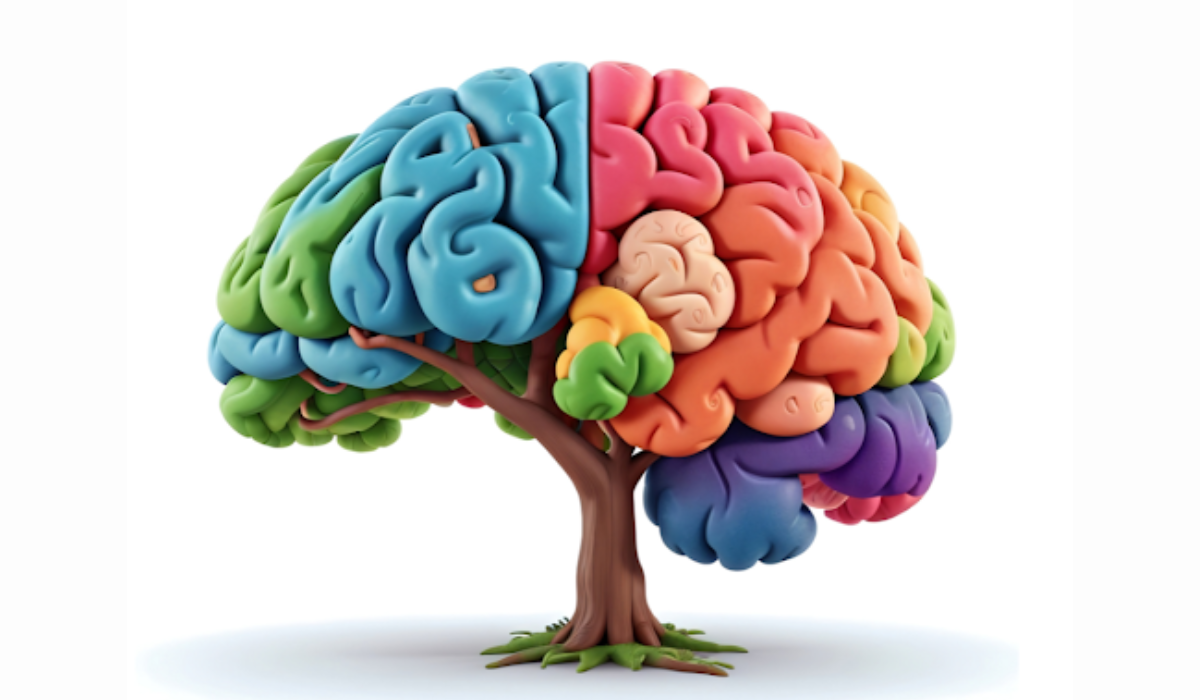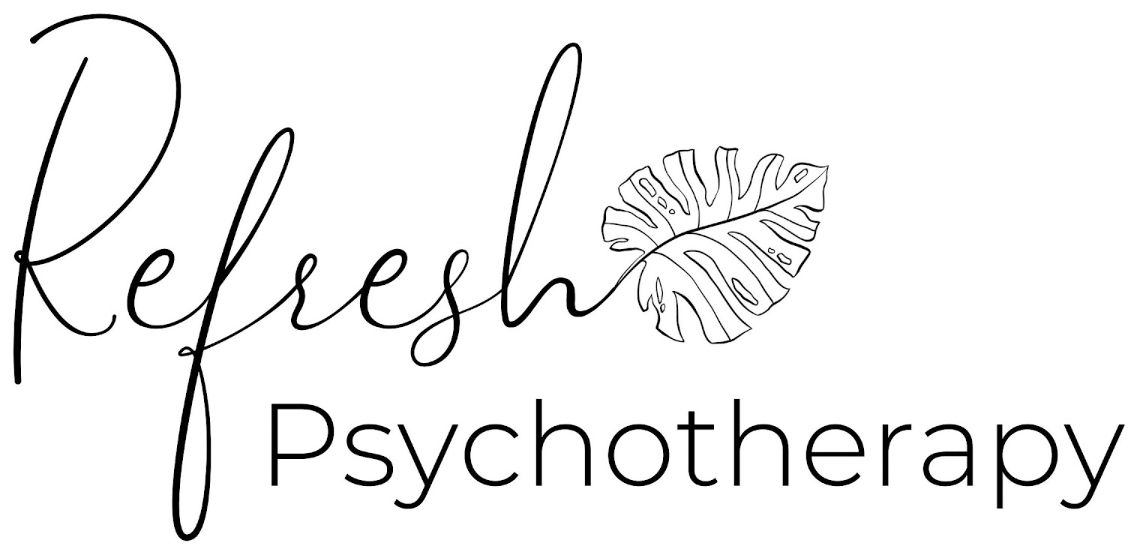
The Link Between Creativity and Mental Health
Creativity has long been romanticized as both a gift and a curse. Artists, writers, and innovators are often portrayed as tormented geniuses—brilliant but burdened. But is there really a connection between creativity and mental health? And if so, what does it actually look like outside of the stereotypes?
The truth is more nuanced than the tortured-artist myth. While there are certain mental health conditions that statistically correlate with higher creative output, creativity itself can also serve as a powerful protective factor—offering emotional regulation, cognitive flexibility, and a means of self-expression that enhances psychological resilience.
This article explores what current research tells us about the connection between creativity and mental health—and how to engage your creativity in a way that supports well-being rather than undermines it.
Are Creative People More Likely to Struggle with Mental Health?
Some studies do suggest a correlation between creativity and certain psychiatric traits, particularly in the areas of mood disorders, ADHD, and schizotypal thinking (Kyaga et al., 2011). For example, bipolar disorder has been linked to increased creativity during hypomanic phases, when idea generation and energy levels surge. Similarly, individuals with ADHD often demonstrate divergent thinking and an ability to make novel connections (White & Shah, 2006).
But correlation is not causation. The relationship is complex, and creative people are not doomed to suffer. Instead, many researchers believe that overlapping traits—like heightened sensitivity, nonconformity, or openness to experience—may increase both creative potential and emotional vulnerability (Kaufman, 2014).
How Creativity Supports Mental Health
Creativity isn’t just an output; it’s a process. And engaging in creative activity—whether it’s writing, painting, dancing, gardening, or brainstorming ideas—can have measurable mental health benefits.
Creative engagement has been shown to:
- Reduce symptoms of anxiety and depression (Martin et al., 2018)
- Improve emotional regulation (Drake & Winner, 2013)
- Enhance cognitive flexibility and problem-solving (Zabelina & Robinson, 2010)
- Strengthen self-concept and identity formation (Forgeard & Elstein, 2014)
Creative expression allows people to process complex emotions, gain distance from distress, and reframe internal narratives. This can be especially helpful for trauma recovery, grief work, and navigating life transitions.
The Role of Flow in Psychological Well-Being
One of the most powerful links between creativity and mental health is the concept of flow—the immersive, focused state that occurs when you’re deeply engaged in a meaningful activity. Flow is associated with increased happiness, reduced rumination, and improved motivation (Csikszentmihalyi, 1990).
In clinical settings, flow-based interventions have been used to treat depression and anxiety by helping individuals reconnect with activities that give them a sense of mastery and enjoyment. This counters the anhedonia and hopelessness that often accompany mood disorders.
Creative Practices as Emotional Regulation Tools
Unlike coping mechanisms that distract or numb, creative practices allow people to work through difficult feelings. Whether it’s journaling, collage, songwriting, or sculpting, the act of translating inner experiences into tangible form can regulate the nervous system and restore a sense of control.
Art therapy research shows that creating visual representations of internal conflict leads to greater emotional awareness and decreased psychological distress (Haeyen et al., 2015). This is especially beneficial for those who struggle with verbal expression or emotional inhibition.
When Creativity Becomes a Double-Edged Sword
While creativity can support healing, it can also become entangled with perfectionism, self-criticism, or avoidance. For example, a writer who ties their self-worth to productivity may spiral if they hit a block. Or an artist may use their work to bypass direct emotional engagement rather than explore it.
In these cases, therapy can help unpack the relationship between creative identity and mental health—and separate personal value from output. Learning to create without self-judgment is often a critical turning point in both artistic and emotional growth.
How to Support Mental Health Through Creativity
You don’t have to be a professional artist to benefit from creative expression. The key is engaging in creativity as a process, not just as performance. Try:
- Setting aside 15 minutes a day for a creative task without judgment
- Keeping a visual or written journal
- Practicing movement-based creativity like dance or walking meditations
- Joining a class or group that encourages playful experimentation
- Using art as a way to express emotions when words fall short
The goal isn’t brilliance—it’s connection. To yourself, to the present moment, and to something larger than the sum of your stressors.
Creativity Doesn’t Mean Chaos
It’s time to retire the myth that you must suffer to create. While emotional intensity may fuel insight, unprocessed pain doesn’t make art more real—it makes life harder. With support, structure, and intentional engagement, creativity can become one of the most stabilizing forces in your mental health toolkit.If you’re looking to explore how creativity intersects with your emotional well-being, therapy can help. Whether you’re trying to unlock your creative voice, recover from burnout, or manage the intensity that sometimes comes with a creative brain, you don’t have to navigate it alone.
Book your appointment today at
Written by: Keeley Teemsma, LCSW, MA
Works Cited
Csikszentmihalyi, M. (1990). Flow: The Psychology of Optimal Experience. Harper & Row.
Drake, J. E., & Winner, E. (2013). How children use drawing to regulate their emotions. Cognition and Emotion, 27(3), 512–520.
Forgeard, M. J. C., & Elstein, J. G. (2014). Advancing the clinical science of creativity. Frontiers in Psychology, 5, 613.
Haeyen, S., van Hooren, S., van der Veld, W., & Hutschemaekers, G. (2015). Measuring the contribution of art therapy in multidisciplinary treatment of personality disorders. The Arts in Psychotherapy, 45, 1–10.
Kaufman, J. C. (2014). Creativity and Mental Illness. Cambridge University Press.
Kyaga, S., Lichtenstein, P., Boman, M., Hultman, C., Långström, N., & Landén, M. (2011). Creativity and mental disorder: Family study of 300,000 people with severe mental disorder. The British Journal of Psychiatry, 199(5), 373–379.
Martin, L. A., Oepen, R. S., Bauer, K., Nottensteiner, A., Möller, H. J., & Sperling, W. (2018). Creative arts interventions for stress management and prevention—A systematic review. Behavioral Sciences, 8(2), 28.
White, H. A., & Shah, P. (2006). Uninhibited imaginations: Creativity in adults with ADHD. Personality and Individual Differences, 40(6), 1121–1131.
Zabelina, D. L., & Robinson, M. D. (2010). Creativity as flexible cognitive control. Psychology of Aesthetics, Creativity, and the Arts, 4(3), 136–143.
